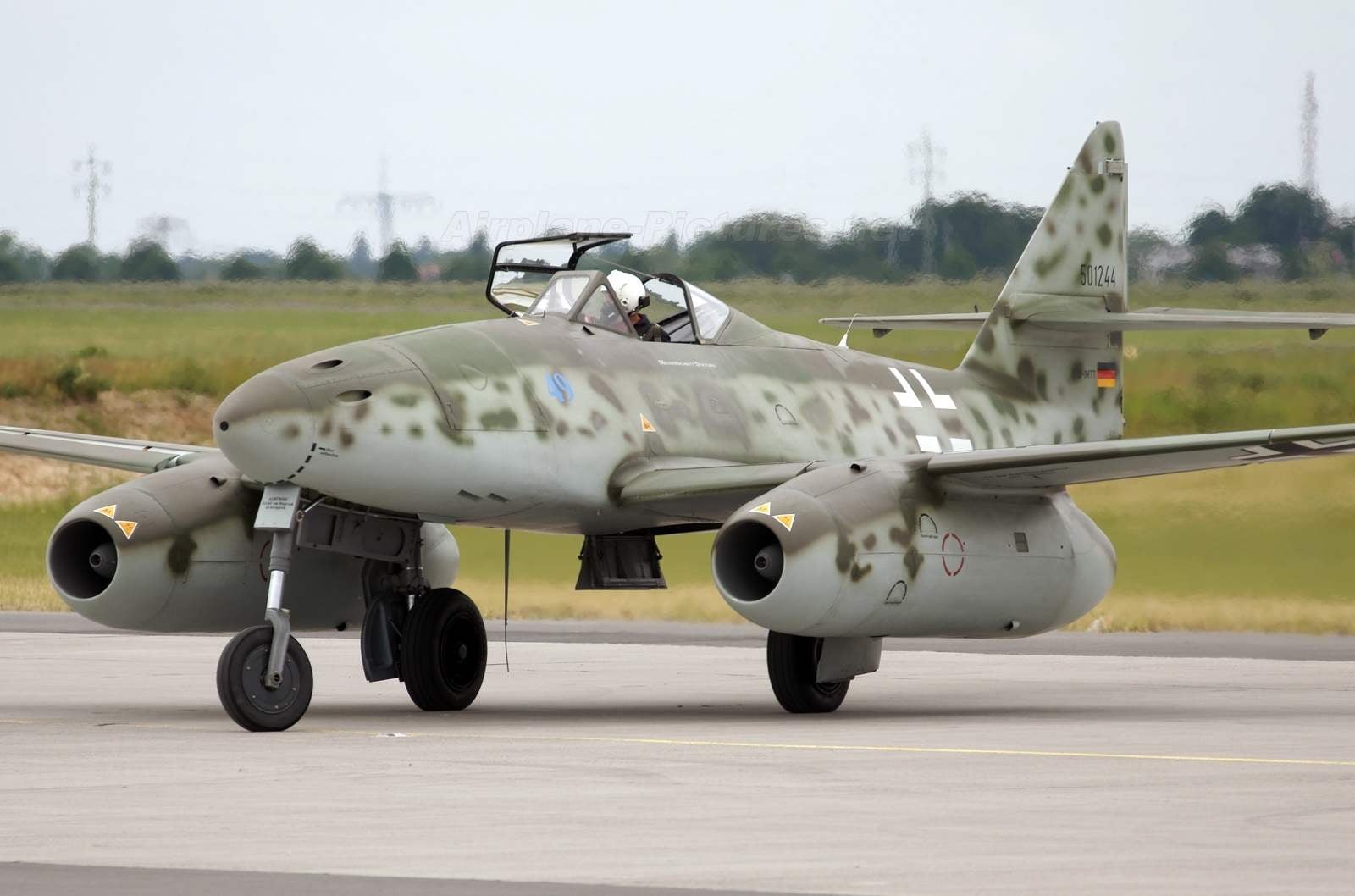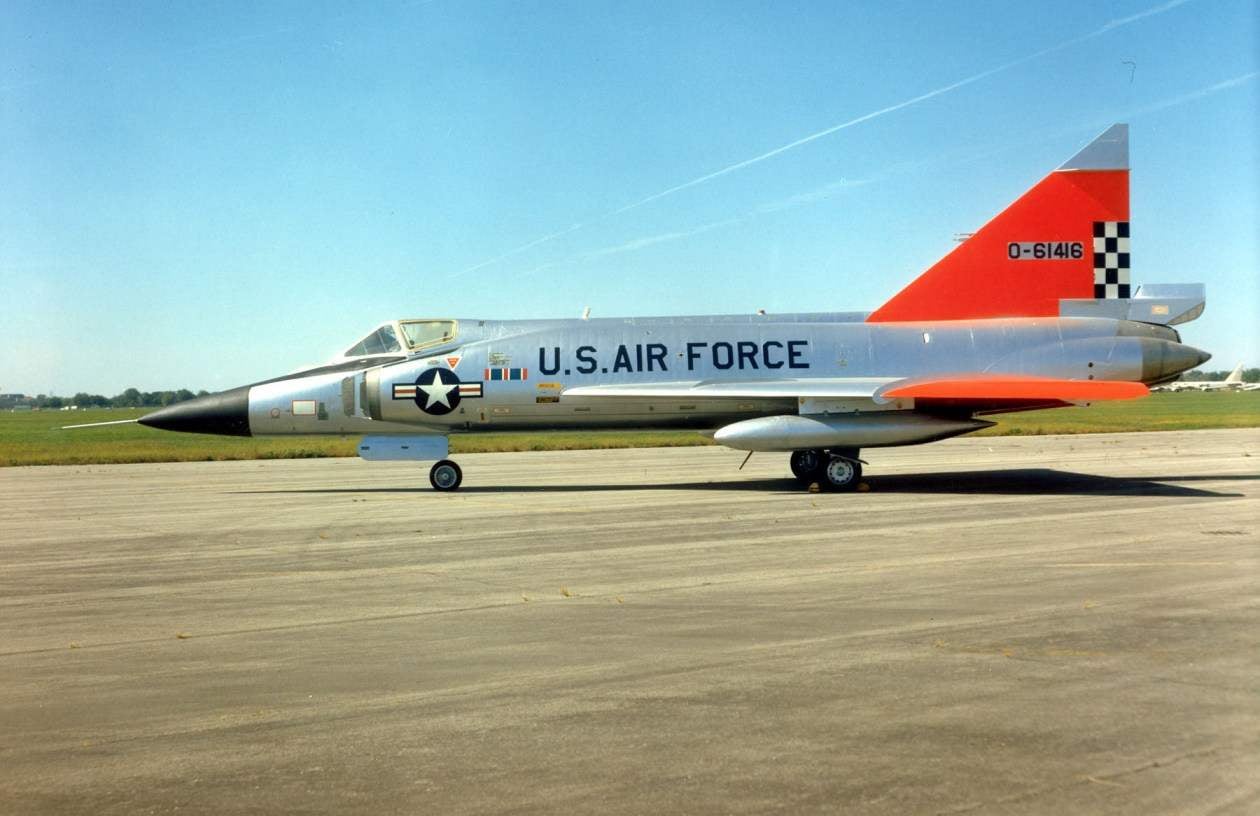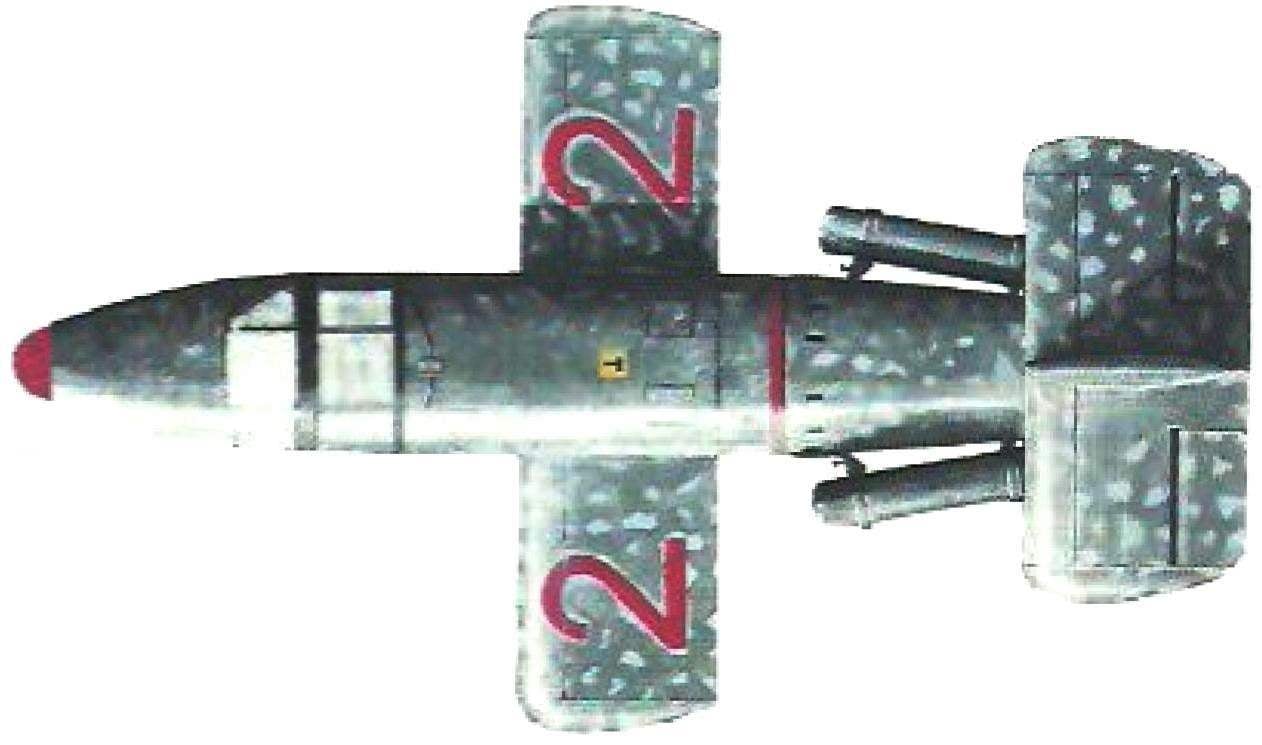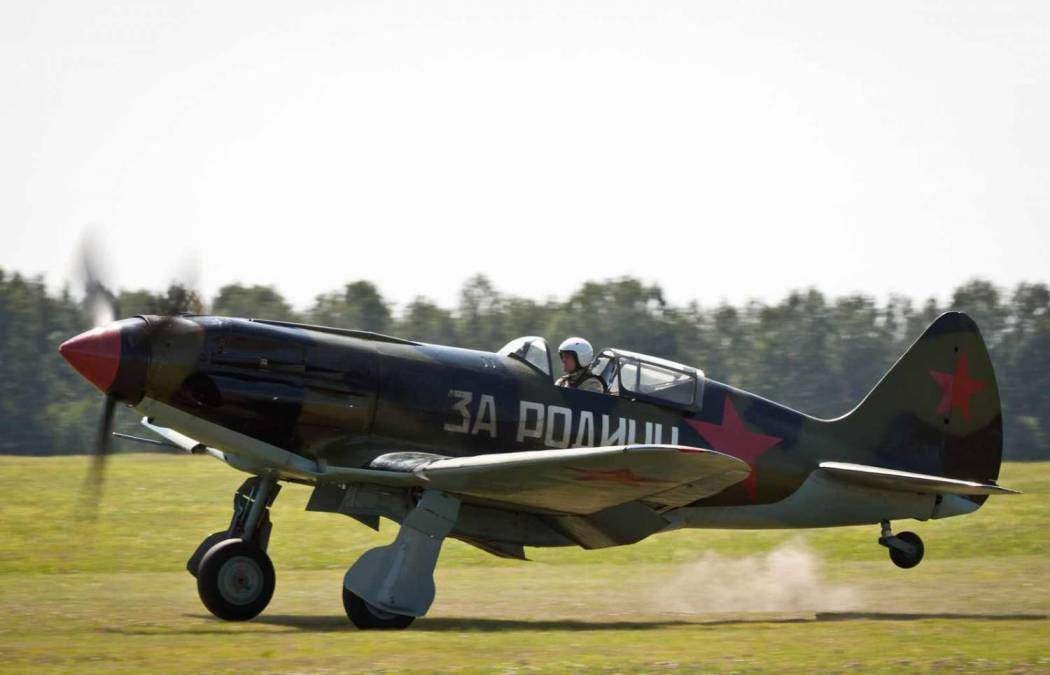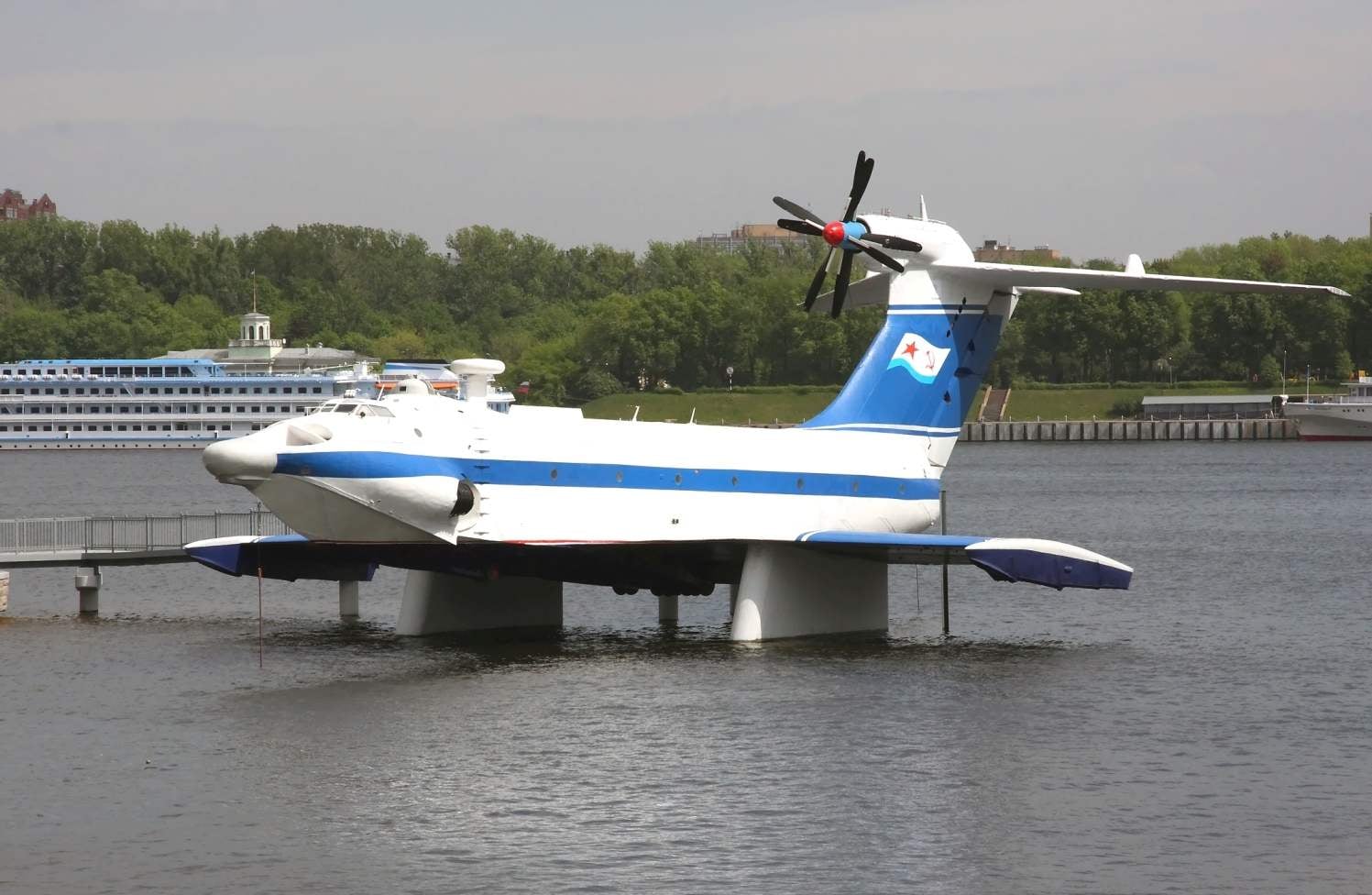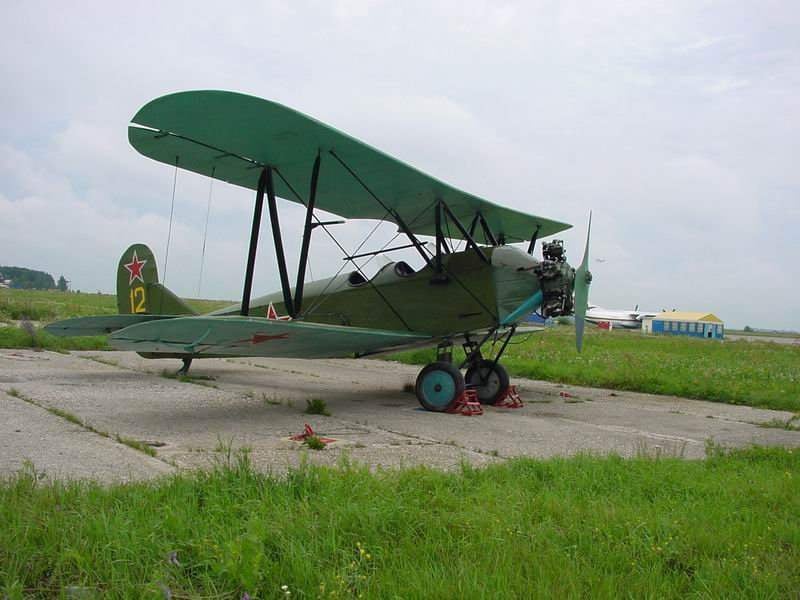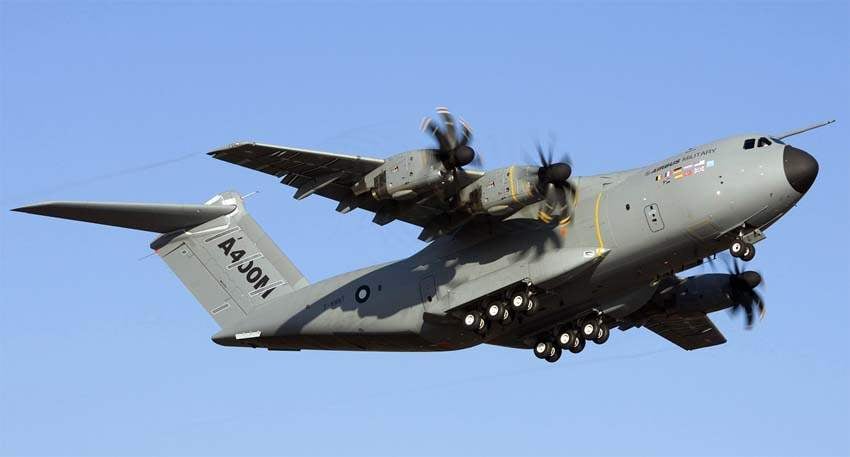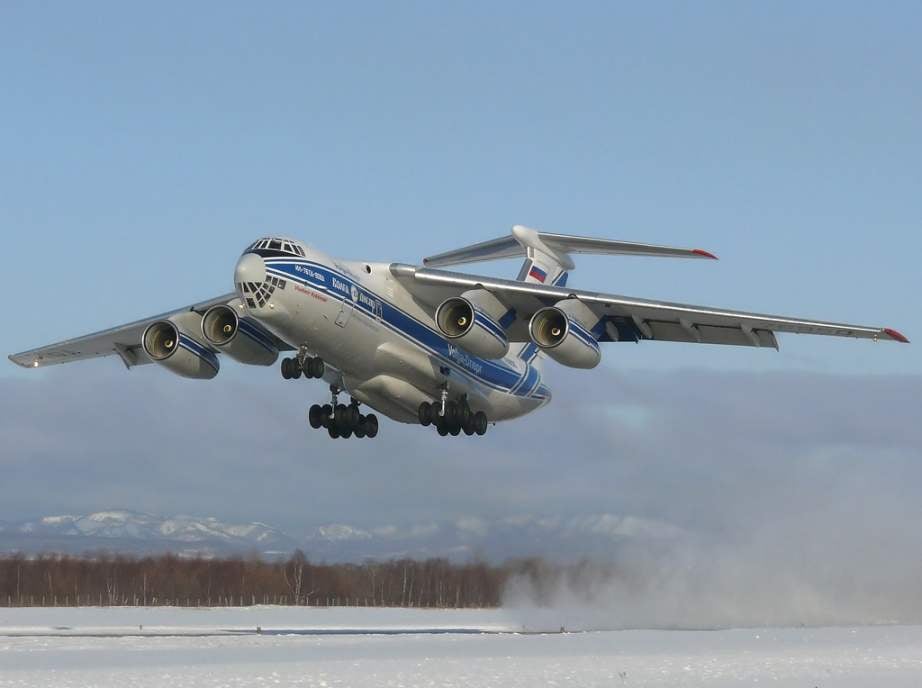 The world’s first experimental jet aircraft is Not. 178 flew in Germany on 27 August 1939, Quite apart from him in “Gloucester” (UK) was established aircraft E28/39 with a turbojet engine (TRD), which took to the skies in may 1941, the Third aircraft with a gas turbine engine, patented F. Willem, soared in the United States. It happened October 2, 1942 the First combat aircraft with turbojet was Me.262, created under the leadership of V. Messerschmitt.
The world’s first experimental jet aircraft is Not. 178 flew in Germany on 27 August 1939, Quite apart from him in “Gloucester” (UK) was established aircraft E28/39 with a turbojet engine (TRD), which took to the skies in may 1941, the Third aircraft with a gas turbine engine, patented F. Willem, soared in the United States. It happened October 2, 1942 the First combat aircraft with turbojet was Me.262, created under the leadership of V. Messerschmitt.
Aviation
“DELTA” PROTECTION OF DEMOCRACY
 World war II had just ended, and yesterday’s allies very quickly began to turn into bitter enemies. The coming era of atomic weapons and of high-speed means of delivery have forced American commanders to take a fresh look at air defense of the country. In August 1945, the United States was a competition for the creation of a supersonic interceptor capable of speed up to 1260 km/h and altitude of 15 km in 4 minutes. Agree requirements for those years — fantastic! Probably this request was based on the characteristics of the Me-163.
World war II had just ended, and yesterday’s allies very quickly began to turn into bitter enemies. The coming era of atomic weapons and of high-speed means of delivery have forced American commanders to take a fresh look at air defense of the country. In August 1945, the United States was a competition for the creation of a supersonic interceptor capable of speed up to 1260 km/h and altitude of 15 km in 4 minutes. Agree requirements for those years — fantastic! Probably this request was based on the characteristics of the Me-163.Rocket SHIP Be-10
 With the beginning of the era of jet aircraft on the agenda was a question about a Russian military jet flying boat. Therefore, in may 1947, the OKB G. M. Beriev at the beginning of the initiative the development of jet seaplane Maritime reconnaissance P-1 with two jet engines VC-1. In November 1951, the first prototype of the R-1 was completed and submitted to perform the factory flight test and test pilot I. M. Sukhomlin started on it first run. At first there were no signs of trouble. Usually the plane was released after the first flight runs at speeds of up to 70% of the runway. In this speed range R-1 behaved normally, but when I decided to make a run at 80% of takeoff speed (over 165 km/h), started the longitudinal oscillations of such force that the aircraft were thrown out of the water. One time the car almost stood on his tail and only the instant reaction of the pilot prevented a disaster.
With the beginning of the era of jet aircraft on the agenda was a question about a Russian military jet flying boat. Therefore, in may 1947, the OKB G. M. Beriev at the beginning of the initiative the development of jet seaplane Maritime reconnaissance P-1 with two jet engines VC-1. In November 1951, the first prototype of the R-1 was completed and submitted to perform the factory flight test and test pilot I. M. Sukhomlin started on it first run. At first there were no signs of trouble. Usually the plane was released after the first flight runs at speeds of up to 70% of the runway. In this speed range R-1 behaved normally, but when I decided to make a run at 80% of takeoff speed (over 165 km/h), started the longitudinal oscillations of such force that the aircraft were thrown out of the water. One time the car almost stood on his tail and only the instant reaction of the pilot prevented a disaster.
Rocket interceptor Bachem BA 349 Matter
 During the Second world war in Germany, there have been many models of aircraft, some of them had a very original design. “Nutter” is definitely one of them, and although he never gained military glory, but in the air up and therefore deserves attention as an unusual and interesting Chapter in the history of aviation.
During the Second world war in Germany, there have been many models of aircraft, some of them had a very original design. “Nutter” is definitely one of them, and although he never gained military glory, but in the air up and therefore deserves attention as an unusual and interesting Chapter in the history of aviation.
AMPHIBIAN XXI CENTURY
 In late September 1998 in Irkutsk, an event occurred that had no publicity, but, nevertheless, its significance is far beyond the scope of this Siberian city. From the airfield of the Irkutsk aviation production Association in the skies the plane-amphibian be-200. Machine created by the Taganrog aviation scientific-technical complex (TANTK). G. M. Beriev and built at the Irkutsk aviation production Association (IAPA), has opened a new page in the development of hydroaviation.
In late September 1998 in Irkutsk, an event occurred that had no publicity, but, nevertheless, its significance is far beyond the scope of this Siberian city. From the airfield of the Irkutsk aviation production Association in the skies the plane-amphibian be-200. Machine created by the Taganrog aviation scientific-technical complex (TANTK). G. M. Beriev and built at the Irkutsk aviation production Association (IAPA), has opened a new page in the development of hydroaviation.
The MiG-3
 The fighter I-200 was developed from November 1939 under the leadership of H. H. Polikarpov, and then A. I. Mikoyan and M. I. Gurevich. The first flight took place on 5 April 1940 the Serial production of I-200 at the factory number 1 in Moscow started in June 1940 under the designation MiG-1. The MiG-3 differed from the MiG-1 with a modified wing, larger wheels and an increased fuel capacity with partial installation of the tanks. The majority of fighters were armed with one 12.7 mm and two 7.62 mm machine guns, from February 1941, some of them got two 12.7-mm machine gun. The plane could carry up to 220 kg bombs or six rockets.
The fighter I-200 was developed from November 1939 under the leadership of H. H. Polikarpov, and then A. I. Mikoyan and M. I. Gurevich. The first flight took place on 5 April 1940 the Serial production of I-200 at the factory number 1 in Moscow started in June 1940 under the designation MiG-1. The MiG-3 differed from the MiG-1 with a modified wing, larger wheels and an increased fuel capacity with partial installation of the tanks. The majority of fighters were armed with one 12.7 mm and two 7.62 mm machine guns, from February 1941, some of them got two 12.7-mm machine gun. The plane could carry up to 220 kg bombs or six rockets.EAGLET, HAVE NOT HAD TIME TO GROW UP
 at the beginning of last century, the pilots noticed that the landing of the aircraft when the height was commensurate with the chord of his wing, there is an additional lifting force, and became more volatile. “The nature of The” additional forces did not understand but came up with the name: “airbag”. Later, after the emergence of the theory of inductive resistance with this phenomenon understood, and it received a scientific classification: “proximity Effect of the earth.” Subsequently, this effect is divided into two components: dynamic air cushion that is created due to the inhibition of air flow under the unit and its supporting surface, and the effect of ground proximity, which is tied exclusively to decrease the inductive component of the aerodynamic drag of the wing.
at the beginning of last century, the pilots noticed that the landing of the aircraft when the height was commensurate with the chord of his wing, there is an additional lifting force, and became more volatile. “The nature of The” additional forces did not understand but came up with the name: “airbag”. Later, after the emergence of the theory of inductive resistance with this phenomenon understood, and it received a scientific classification: “proximity Effect of the earth.” Subsequently, this effect is divided into two components: dynamic air cushion that is created due to the inhibition of air flow under the unit and its supporting surface, and the effect of ground proximity, which is tied exclusively to decrease the inductive component of the aerodynamic drag of the wing.
EARLY FIGHTERS D. P. GRIGOROVICH
 The car has received the designation IL-400. This first domestic fighter created after the revolution, aroused great interest from other designers, in particular, of D. P. Grigorovich. Engineer A. A. Krylov later wrote: “after Learning about the work of the group Polikarpov, Grigorovich engineer called to his office I and engineer V. Kalinin and says do we want to start to design a fighter and what we stand for when we rightly should start the project of a fighter. We responded in full agreement. On the same day, Grigorovich and Kalinin started mapping plane. The next day (through the night) they brought me a scheme for aerodynamic calculation that was me done for the night. On the third day, we had prepared preliminary design and aerodynamic calculation, and submitted to the aviation Department along with the Polikarpov fighter. The plane was named And-1”.
The car has received the designation IL-400. This first domestic fighter created after the revolution, aroused great interest from other designers, in particular, of D. P. Grigorovich. Engineer A. A. Krylov later wrote: “after Learning about the work of the group Polikarpov, Grigorovich engineer called to his office I and engineer V. Kalinin and says do we want to start to design a fighter and what we stand for when we rightly should start the project of a fighter. We responded in full agreement. On the same day, Grigorovich and Kalinin started mapping plane. The next day (through the night) they brought me a scheme for aerodynamic calculation that was me done for the night. On the third day, we had prepared preliminary design and aerodynamic calculation, and submitted to the aviation Department along with the Polikarpov fighter. The plane was named And-1”.A 400M
 Military transport aircraft, being developed by “Aerospatiale” (France), “British aerospace” (England), DАSА (Germany) and CASA (Spain), intended for the carriage of goods weighing up to 32 tonnes, including 120 equipped troops, helicopters an-66 Tiger, NH-90, as well as artillery guns, in particular, howitzers М110А caliber 203 mm jet systems of volley fire. The power plant consists of four gas-turbine engine with propeller fans. The aircraft is equipped with a system of refueling in flight. Four wing-mounted nodes possible suspension assemblies refueling aircraft fuel in flight or containers, electronic countermeasures.
Military transport aircraft, being developed by “Aerospatiale” (France), “British aerospace” (England), DАSА (Germany) and CASA (Spain), intended for the carriage of goods weighing up to 32 tonnes, including 120 equipped troops, helicopters an-66 Tiger, NH-90, as well as artillery guns, in particular, howitzers М110А caliber 203 mm jet systems of volley fire. The power plant consists of four gas-turbine engine with propeller fans. The aircraft is equipped with a system of refueling in flight. Four wing-mounted nodes possible suspension assemblies refueling aircraft fuel in flight or containers, electronic countermeasures.Il-76TD-90VD
 Despite the high performance, engines and avionics of the Il-76 aircraft leave much to be desired. Excessive noise and emission of pollutants to the environment, made it impossible for flights of Il-76 over the border. In this regard, the engines D-30KP replaced with PS-90A-76, reinforced center section and updated equipment. In particular, instead of flight, navigation and sighting complex K-II-76 established “Kupol-III-76M-VD” shown on two multifunction liquid crystal display. Use PS-90A-76 is allowed to increase the capacity of the machine to 2 t, the height of the airfield up to 3000 m above sea level and a range of almost 1,000 km.
Despite the high performance, engines and avionics of the Il-76 aircraft leave much to be desired. Excessive noise and emission of pollutants to the environment, made it impossible for flights of Il-76 over the border. In this regard, the engines D-30KP replaced with PS-90A-76, reinforced center section and updated equipment. In particular, instead of flight, navigation and sighting complex K-II-76 established “Kupol-III-76M-VD” shown on two multifunction liquid crystal display. Use PS-90A-76 is allowed to increase the capacity of the machine to 2 t, the height of the airfield up to 3000 m above sea level and a range of almost 1,000 km.
